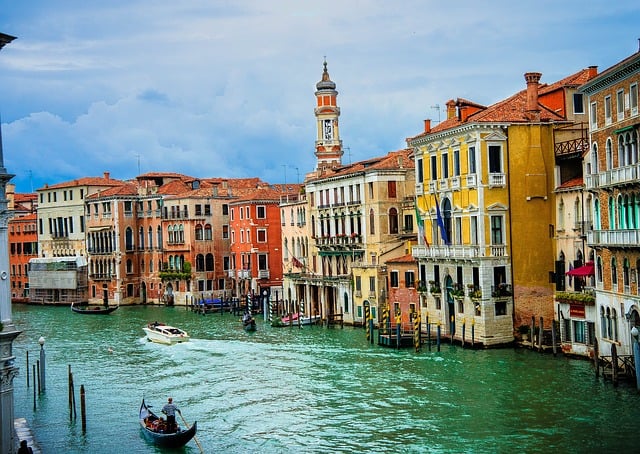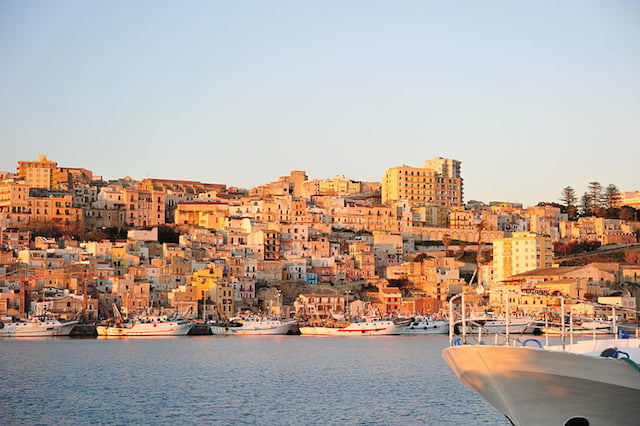Top Dialects of the Italian Language
Though Italian is spoken as a first language by over 60 million people and as a second language by many more, the Italian language is perhaps most famous for its non-verbal attributes; namely, its distinctive and expressive hand gestures. But while “talking with their hands” may be a characteristic associated with Italian speakers in general, the language itself can be quite different depending on where you are in Italy. Indeed, while nearly all Italians can communicate using a standard form of the language, the dialects of different regions are quite unique. Here’s a run-down of some of the most common ones.
Table of Contents
→Sign Up Now: Free Trial Lesson With a Native Italian Teacher!←
 Image via Pixabay
Image via Pixabay
1. Tuscan/Florentine
The Tuscan dialect of the Italian language refers to the several versions of Italian spoken in Italy’s Tuscany region, which has a population of over 20 million. Though there are numerous subgroups of Tuscan Italian, the most popular is its Florentine variety — that is, the language spoken in Florence, Tuscany’s capital and most populous city.
Many great Italian writers — such as Dante, Petrarch, and Machiavelli — came from Florence. Because of this, when Italy was officially unified in 1861, Florentine Italian was established as the standard for the entire country. If you’re learning Italian as a second language, you’re probably learning this Florentine variety.
2. Neapolitan
The Neapolitan dialect is spoken by over 5 million people, primarily those who live in Naples. However, due to the remarkable success and popularity of Neapolitan music, it can be heard on radios all throughout the world.
The Neapolitan dialect distinguishes itself from other Italian dialects in several ways. Notably, it shows influence from other languages, such as Latin: the word for “now” is mo, which derives from the Latin modum (in Standard Italian, “now” is ora).
3. Venetian
With 4 million speakers residing in and around Venice, the Venetian dialect is another commonly heard variety of Italian. In fact, Venetian is so different from Italian that it is classified as a separate language. For example, “we are arriving” translates to stiamo arrivando in Standard Italian, but sémo drio rivàr in Venetian — quite a marked difference.
Still, all speakers of Venetian are also capable of speaking Italian, albeit with a distinctly Venetian twang. The above example in the Venetian Italian dialect would be expressed as stémo rivando — a sort of mixture between the original Venetian and Standard Italian.
4. Sicilian
 Image via Tiberio Frascari / Wikipedia
Image via Tiberio Frascari / Wikipedia
Like Venetian, Sicilian is often said to be “distinct enough from Standard Italian to be considered a separate language” (Ethnologue). It’s spoken by nearly 5 million people, most of whom reside on the island of Sicily.
Sicilian Italian differs significantly from Standard Italian, even in its basic grammatical structure. For instance, it uses the suffix -i to indicate plurals of both masculine and feminine nouns. Therefore, in Sicilian, casa (house) is casi in plural form, whereas it’s case in Standard Italian.
5. Romanesco
Finally, the Romanesco dialect is spoken by about 2 million in Rome and its surrounding areas. It was originally spoken almost exclusively within the walls of Rome, but since Rome was established as Italy’s capital, it has spread to its surrounding areas as well.
The Romanesco dialect is more similar to Tuscan than the others on this list. One thing that English speakers may like about the Romanesco dialect is that they often omit the rolled R that notoriously causes so much trouble for English speakers. For instance, the word birra (beer) in Standard Italian involves rolling your tongue, but in Romanesco, the same word bira does not.
→Sign Up Now: Free Trial Lesson With a Native Italian Teacher!←
Italy wasn’t unified until 1861, which is part of the reason why its dialectical variations are so strong. As such, there’s a lot of discussion about whether Italian “dialects” are really dialects of Italian, or if they should be classified as an entirely separate language. But no matter your stance on the dialect vs. language debate, a native-speaking Italian teacher will be able to tell you what you need to know, so you can get your Italian into high gear and effectively communicate with speakers from all over Italy.


